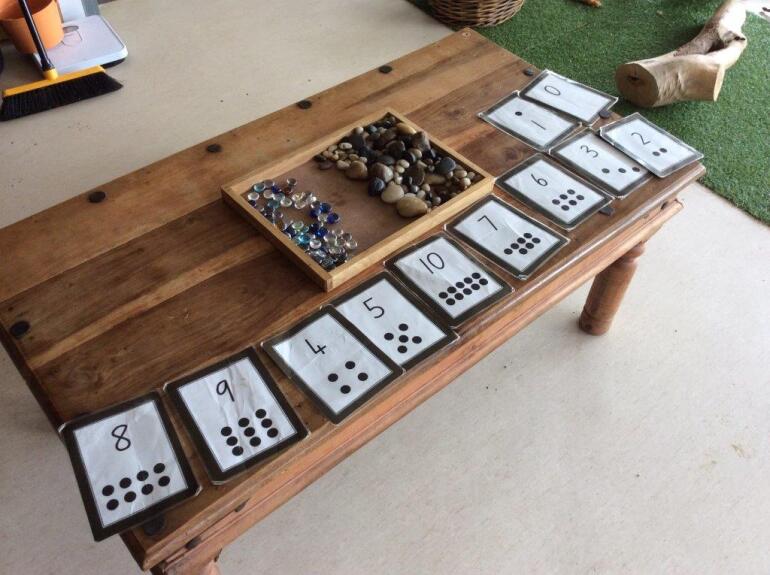News And Events

Numeracy
8 April 2016Numeracy is the ability to understand and work with numbers in all aspects of life. Numeracy complements literacy as both skills are needed to function in the modern world. Being numerate means being able to reason with numbers and other mathematical concepts and to apply these in a range of contexts and to solve a variety of problems.
Being numerate means being able to:
- Interpret data, charts and diagrams
- Process information
- Solve problems
- Check answers
- Understand and explain solutions
- Make decisions based on logical thinking and reasoning.
The skills and knowledge we are encouraging children to acquire:
- Number recognition.
- Understanding the ordering and sequencing of numbers 1-10.
- Counting and ordering numbers.
- Understanding that numbers can relate to objects.
- Sorting, grouping, counting, ordering, measuring objects.
Practical ideas for developing numeracy skills:
- Count EVERYTHING!
- Become familiar with using ideas about shape, colour, size, number, position and patterns
- Walk about the block and look at the letterbox numbers, count the cars that drive past, count the trees etc
- Discuss mathematical concepts such as bigger, smaller, taller, shorter, in front, behind, underneath, on top of, full, empty, heavy, light, long, short, over, under, up, down etc.
- Look through newspapers/flyers and talk about the numbers you see and what they mean – phone numbers, prices, addresses, ages etc
- Give children opportunities to sort their toys/materials into groups of same colour or same size etc.
- Make your own games by collecting materials such as pine cones, leaves, shells, stones, magazine pictures etc and then match, sort and count them
- Give children plenty of opportunities to count, order, and group their toys/materials
- Counting rhymes, songs
- Provide books with mathematical concepts in them eg. Numbers, shapes, counting etc
- Give children the use of a calculator
- Some children’s programmes provides children with counting and other mathematical language
- Threading things onto string, shoelaces or wool will give children a chance to learn about patterns and count
- Block play, some puzzles, posting pegs into a container etc will help children learn about size and shape


